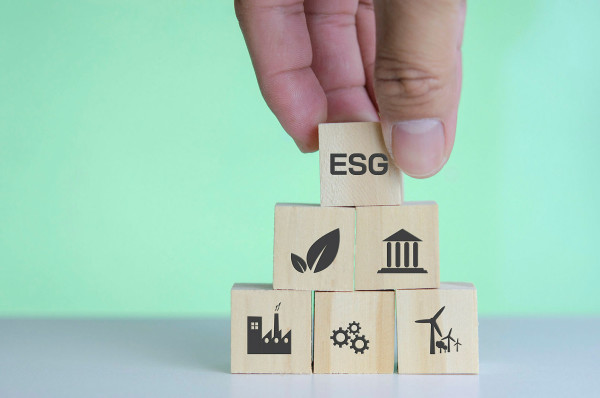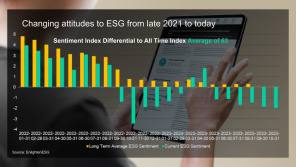They are often appealing to companies, funds and financial institutions, as they allow organisations to showcase their ESG credentials and provide investors with a route to gaining an ESG label under the SFDR framework.
Types of ESG bonds
Today, 'ESG bonds' can cover a wide range of ESG factors, from climate change to board diversity.
According to Capital Group, investors’ allocation is mostly directed at environmental (47 per cent), followed by governance (27 per cent) and then social (25 per cent) considerations.
The definition of ESG bonds varies depending on which factor is in the spotlight. In addition, within these already diverse areas of focus, there are also several functional categories of ESG-labelled bonds.
They can be broadly split into the following three groups: green or social bonds; sustainability-linked bonds (SLBs); and transitional bonds, though the latter is not such a widely used term.
Green or social bonds
Green or social bonds are bonds issued with a restricted use of proceeds to fund a certain green project or a qualifying social programme. For example, they can be issued by banks and corporations to finance activities in the fields of renewable energy, clean transportation, energy-efficient buildings, affordable housing and waste management.
They have dominated the ESG bond market since its inception, with the combined equivalent of $728bn worth issued in 2021.

A wider problem is that these green or social bonds lead investors to focus more on the instrument than the company as a whole.
Green bonds have historically been the more popular of the two, although social bonds increased their market share after the onset of Covid-19, when new funding avenues were needed to address the economic and social impacts of the pandemic.
While there are good intentions behind green or social bonds, and they have certainly played their role in attracting attention to ESG aspects, there are also a number of drawbacks.
Green bonds are an easy and popular screening tool for investment professionals and some funds have even committed to only investing in green bonds.
However, this has led to exponential demand, driving prices up and creating a green price premium, or 'greenium', compared to traditional bonds from the same issuers. The space has become overcrowded in the recent months, although the market is now beginning to mature and issuance is slowing down.
A wider, potentially more fundamental, problem is that these green or social bonds lead investors to focus more on the instrument than the company as a whole.
This means that a company can have one ESG-related project and attract cheaper funding for it, reducing its overall cost of capital, even if all its other activities are not ESG-friendly.











